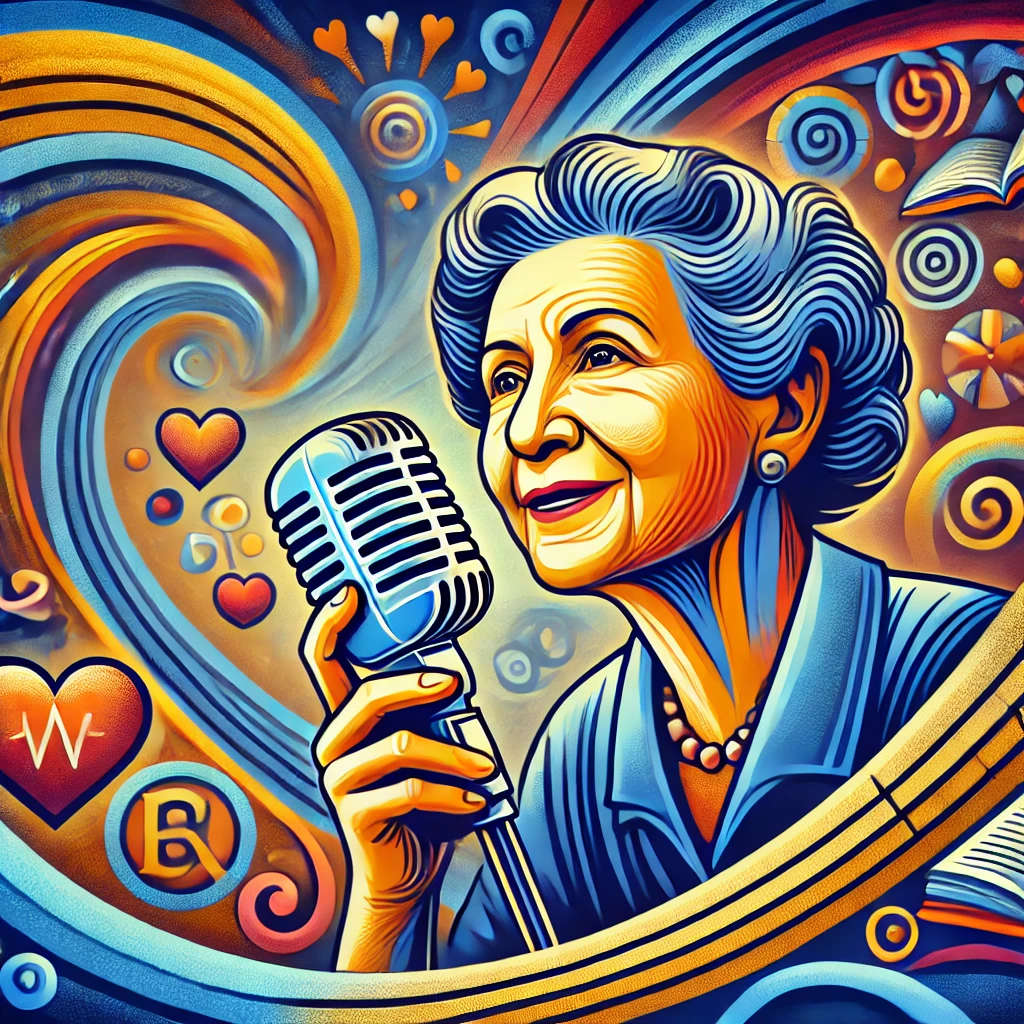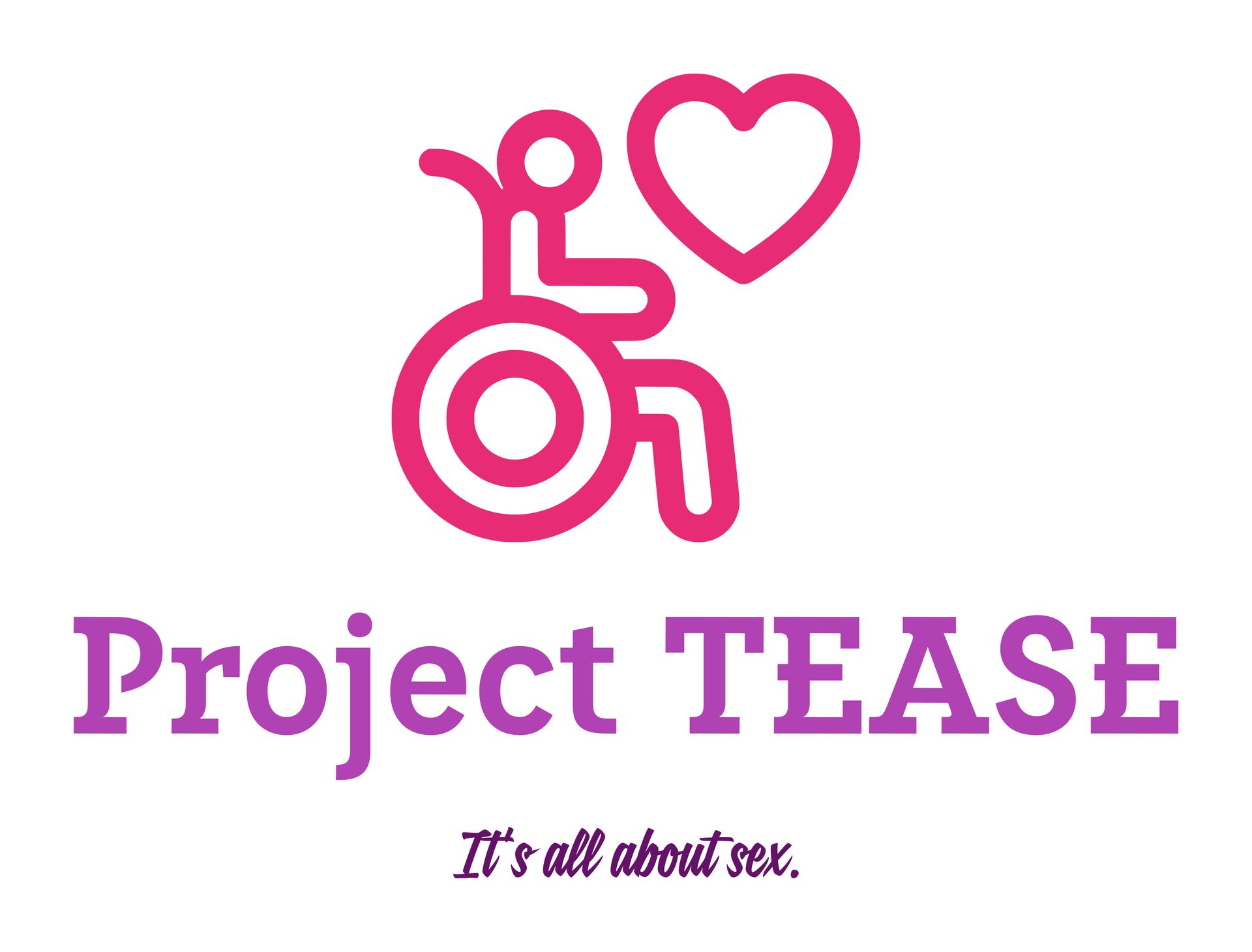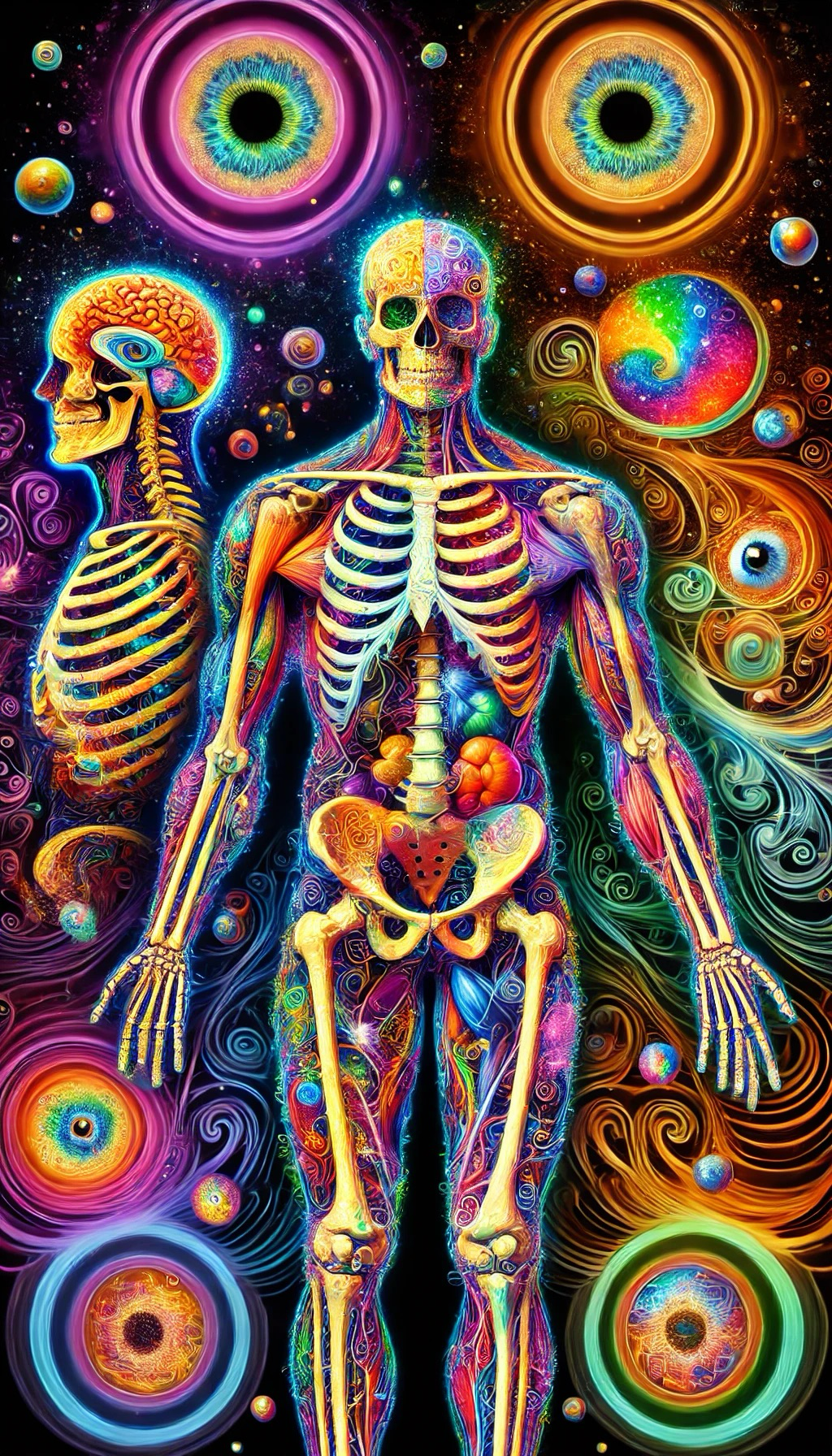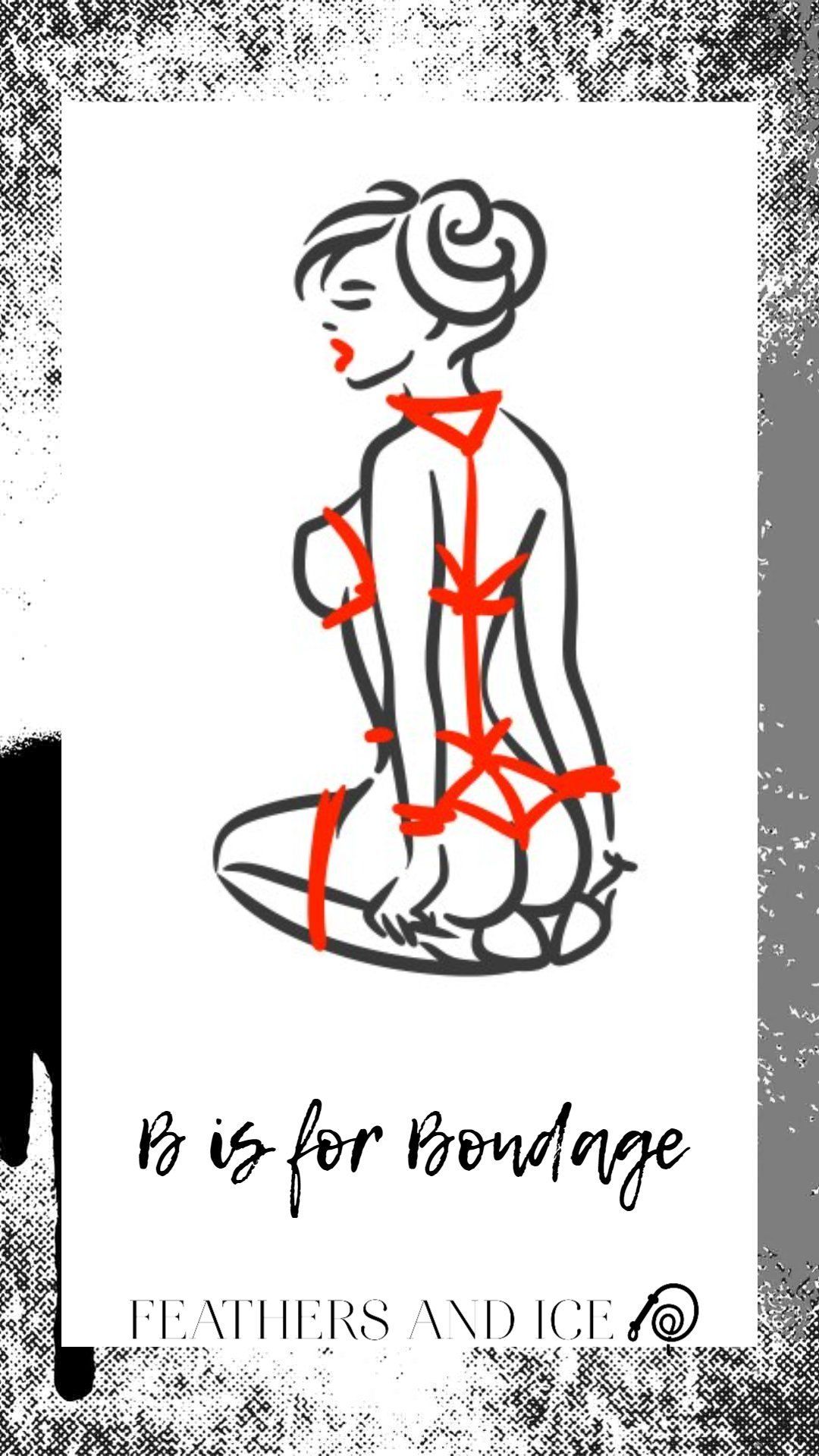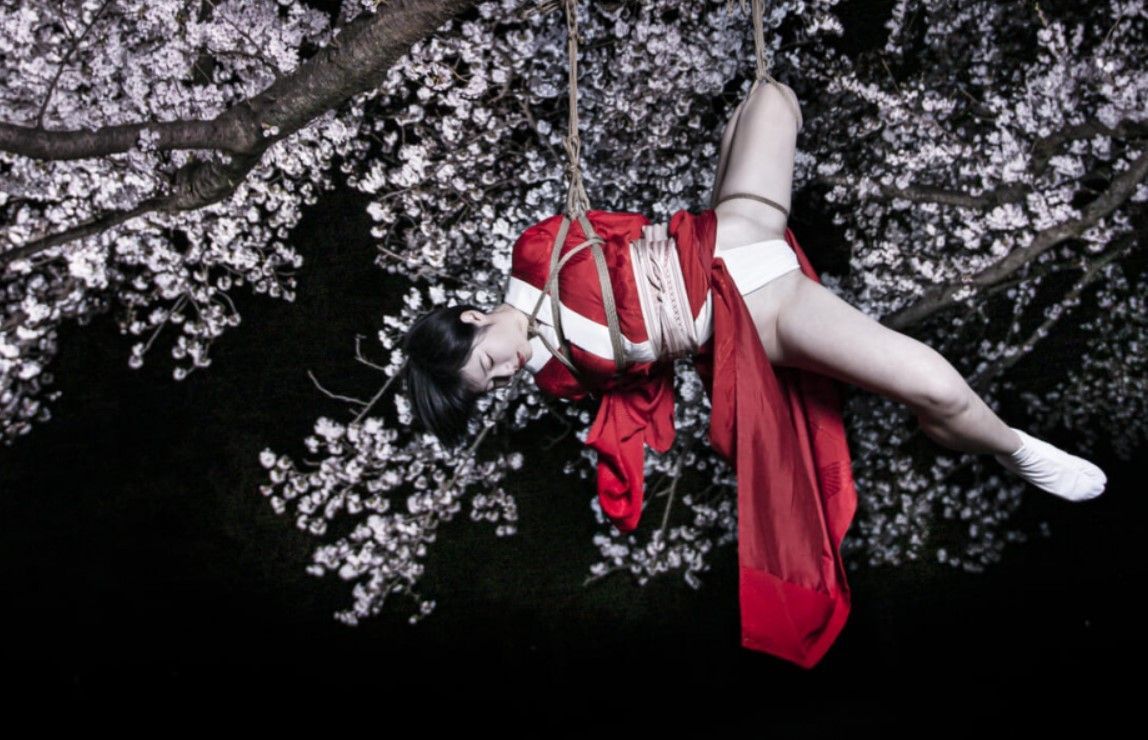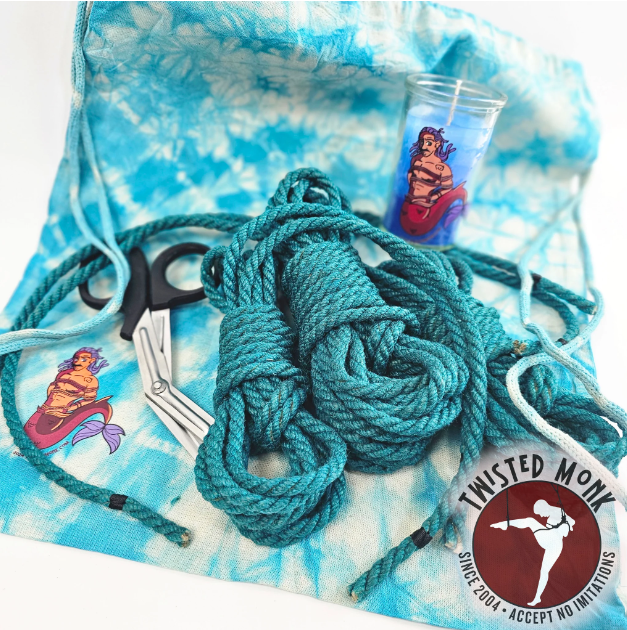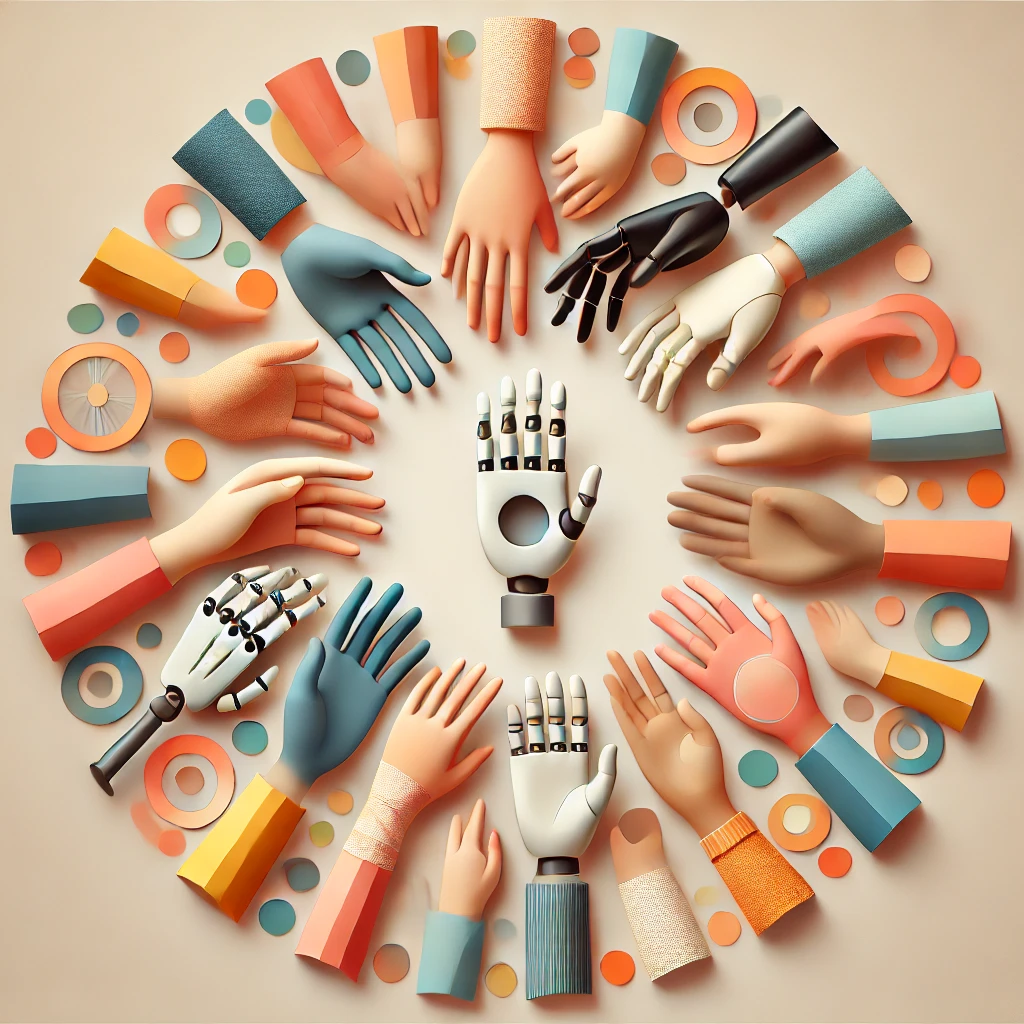Quill & Chill
Bondage is simply the use of restraints to intensify the scene. There are several different modes, methods, and positionings in bondage, each with their own unique function.
Modes Of Bondage
Purposeful Bondage
As the name indicates, this form of bondage is used to position and bind the submissive partner into a position for better access for an activity, such as better positioning for discipline or restriction from movement.
Decorative Bondage
This form of bondage includes Shibari, the Japanese art of rope bondage. This is generally used for the intricate and beautiful aesthetic in erotic photography or to extend the creativity of the binder.
Torture Bondage
This is a much more intense form of bondage, as it is generally tight binding, for an extended duration, and/or in an uncomfortable position. This would include Kinbaku, which is another form of Japanese rope bondage, which concentrate on the corporal aspects of bondage.
Film Bondage
This is an unrestrictive form of bondage that is used in erotic photography. In this form, the restrained can easily escape the bonds and is generally comfortable in the restraints.
Meditative Bondage
This form of bondage concentrates on the psychological/spiritual aspect of bondage, specifically the feeling of being held, as one might experience in a cocoon.
Suspension Bondage
This is bondage that involves suspending the body from another object.
Self Bondage
This is a more complex mode of bondage, and may involve special techniques to apply bondage to oneself, and also to effect a release after a lapsed period of time. Self-bondage is also notably risky, so great care should be exercised in this activity.
Methods/Tools of Bondage
To Bind Limbs Together: Use ropes, straps, hobble skirts, cuffs, harnesses, or belts.
To Separate Limbs: Use spreader bars or X-frames.
To Restrict Movement: Use any of the above tools to bind the sub to a stationary position (such as combining equipment or binding to a bed or chair), monogloves, or bondage tables.
Full or Partial Bondage/Cocooning: Use cling wrap, mummification cloth, straightjackets, or sleepsack bondage gear.
Bondage Positions
- Tying the hands together in front or behind
- Use of a waist belt to anchor the hands to the front, back, or sides
- Spread eagle, with the limbs splayed out and fastened by wrists and ankles to bedposts, door frame or some other anchoring point
- Hogtie, which secures each wrist to its corresponding ankle behind the back (wider, padded restraints such as bondage cuffs are recommended for this)
- Balltie, which secures wrists to ankles, in front, with the knees drawn up to the chest
- Crotch rope, which involves pulling a rope between the labia to apply pressure to the female genitals. Sometimes a knot is placed in the rope at the position of the clitoris to intensify the sensation. A crotch rope can also be used on males, either placing pressure directly on the scrotum or including a tie to capture the scrotum.
- Reverse prayer position (not recommended unless the subject has flexible shoulders),
- Over-arm tie, in which the arms are brought over the head, and the wrists fastened together behind the head and then by a length of rope, chain or strapping to a belt at the waist

